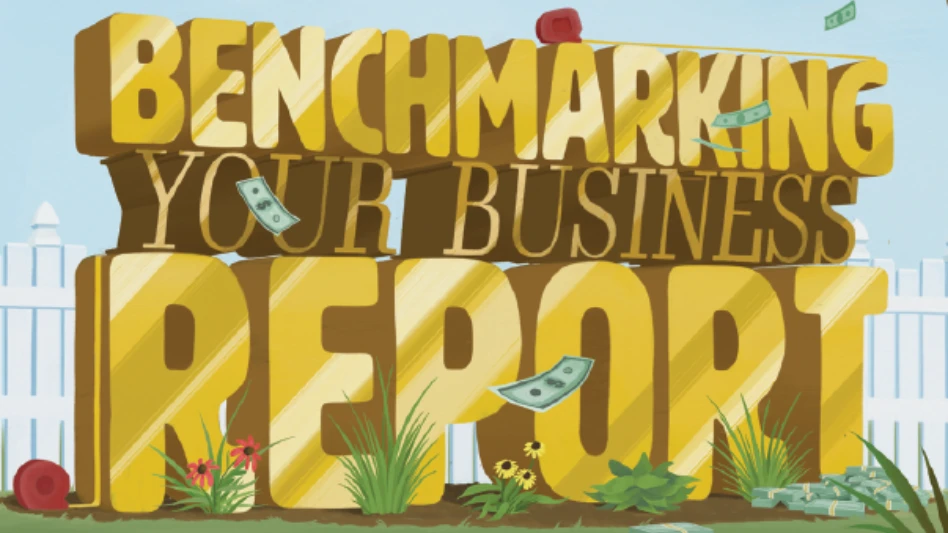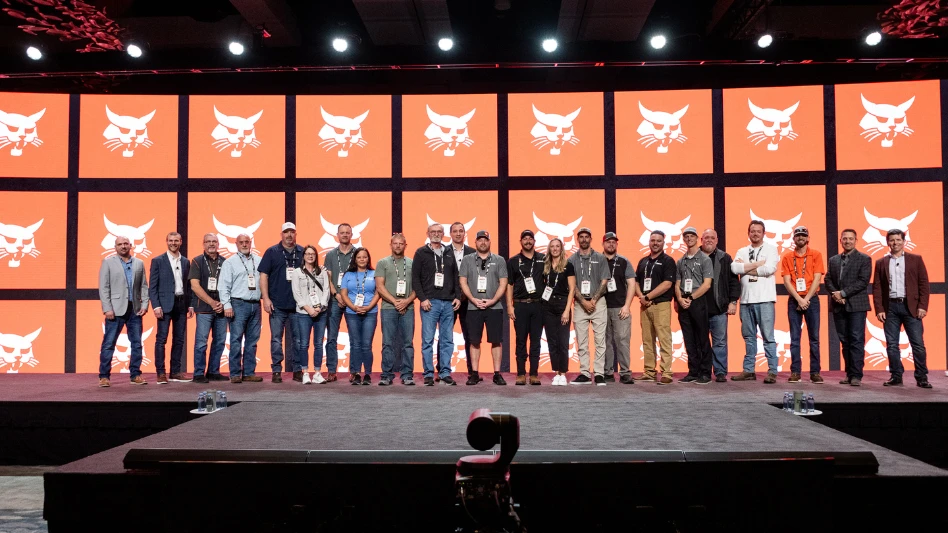Of the six bidding methods used in the green industry today, market-driven unit pricing is probably the fastest. Market driven unit pricing also has the honor of being the method that is the least helpful when it comes to running your landscape company.
|
|
Market-driven unit pricing is easy to do. You simply do a material’s takeoff and then you apply common market unit prices to your takeoff quantities.
For instance, you would charge $4,500 for a 300-square-foot patio at $15 per square foot. Irrigation contractors might charge $600 per residential zone or $125 per head. Landscape contractors could charge so much for a 1-, 2-, 5-gallon shrub – no production rates, site conditions, labor hours or market issues to consider or worry about. It’s all pretty subjective.
If correctly calculated, unit prices can provide considerable insight into an estimate. They can also supply plenty of ammunition at the bid table when it’s time to negotiate with clients.
For this reason, every time I bid a landscape project on the computer, the computer is programmed to simultaneously provide pricing in both a lump sum and a unit price format.
But the prices are calculated after all costs for materials, labor, equipment, subcontractors, general conditions and accurate markups are included in the estimate. These unit prices are then compared to ones normally found on the open market.
Landscape contractors who rely solely on the market-driven unit pricing method seriously shortcut the estimating and planning process. In turn, they short-circuit their business systems.
Key information and data needed to direct and control individual jobs are just not available. As a result, the company lurches forward in a fog, unable to see the economic factors around them or ahead of them.
It’s hard to imagine an “estimating” method that is of less use to an owner running a company than factoring (materials times 2.0, 3.0, etc.) is, but the market-driven unit pricing method is ultimately of less use when used solely on its own. Factoring, at least, forces you to build on the foundation of material costs. The market-driven unit price system operates totally independent of any relevant data, budgets, costs or strategic planning, whatsoever. Material costs, sales tax, field labor and burden, equipment, general conditions, G&A overhead, a contingency factor and net profit are “supposed” to be included. Unfortunately, that’s rarely the case for a business owner.
No budgets! No planning! No cost data! No tracking system! Just how long do you think your company will last in the real world? If I were to venture a guess, I’d say not very long.
Can you organize and run your company in such a way that you can survive and make money by competing with the established market price?
Survival in any industry requires much more than a price. It requires an accurate price, a well-thought-out plan and a self-correcting process. Don’t be lulled into thinking that a green industry contractor can survive on anything less.
The author is president of J.R. Huston Enterprises, a Denver-based green industry consulting firm. Reach him at 800/451-5588, benchmarking@gie.net or via www.jrhuston.biz.

Explore the September 2007 Issue
Check out more from this issue and find your next story to read.
Latest from Lawn & Landscape
- The New World Is Green: Grow With Marketing Analytics & AI
- Exmark launches autonomous commercial mower
- North by Northwest's charitable act for the Ronald McDonald House Charities
- Coxreels expands V-100 Series product line
- Landscape Workshop expands with 2 acquisitions
- Wilson360 adds Daniel Grange as new consultant
- Batman and business
- CH Products releases new tree stabilizer






